
| About Kiladriffe Kiladriffe Poems by William Butler |
A US Civil War Connection text only |
About Kiladriffe
Kiladriffe Cemetery is one of the burial grounds in use in the parish of Bansha and Kilmoyler.
Killardrigh - Church of the High King - is said to be called after an Ard Rí, High King of Munster, who met his death while bathing in the nearby Suir. (see map) It has been variously known as Kilardry, Kilaldriffe and Kiladriffe, the latter two being most currently in most popular use.
Surely the most travelled man of local origin of his time, Lieutenant General William Francis Butler (see biography) is buried here. While serving the Crown in India, Africa and Canada his love for his native soil was expressed in his poems. The troops and artillery pieces mustered from Cahir Barracks for his burial with military honours in 1910, made a great impression on the local people. The two poems here indicate that, for William Butler, being buried in his beloved Kiladriffe was an honour of significance to him.



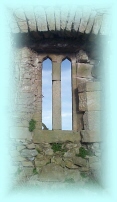 |
|
|
A US Civil War Connection



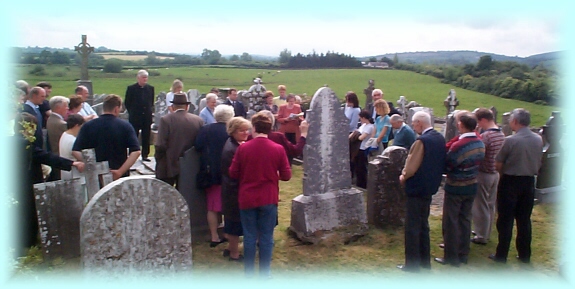 |
William Britt enlisted in the 5th Iowa Cavalry in 1862. He was under the command of William Sherman who had been made supreme commander of the armies in the West in early 1864. (Civil War Timeline of 1864) Sherman's commission from Grant was to "create havoc and destruction of all resources that would be beneficial to the enemy." William Britt was one of a detail which was engaged in the destruction of railway line on 18 July 1864. He was injured in an engagement with a trainload of cadets which arrived as they worked. The wounds he sustained required that he be left in hospital at Notasulga, as were seven others.
While they were hospitalised, their companions went on to fight in the Siege of Atlanta, known to many from its portrayal in the film, Gone with the Wind.
William Britt died on 8 August 1864. Following the Civil War, the United States Army transferred the remains at the National Cemetery at Marietta, Georgia. There, the now unknown soldier was re-buried in Grave K-3420.
A Century LaterThe investigation which led to the identification of the grave's unknown occupant was initiated by American Civil War historian, David Evans, a writer and historian and the author of numerous articles on the Civil War and of the book Sherman's Horsemen: Union Cavalry Operations in the Atlanta Campaign. Wishing to establish whether there was any information extant in Ireland, he contacted the Tipperary Heritage Unit. Parishioner gathered to send a sod to Marietta National Cemetery, to be laid when the new tombstone is placed and dedicated with military honours. This has been ordered by James H. Wallace, administrator of the Marietta National Cemetery, once the identity of the grave's occupant was established to his satisfaction.
|
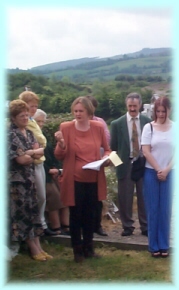 |



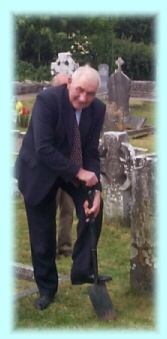 |
As William Britt's grave has now been identified, a sod from Kiladriffe was taken on Tuesday at 11:00 a.m. for shipment to the grave-site in Georgia. |
| The Brett family plot, in which William Brett would most likely have been buried had he remained in Ireland, yielded the sod for this hitherto lost son. | 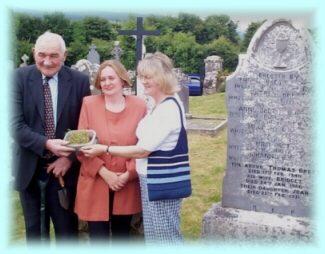 |
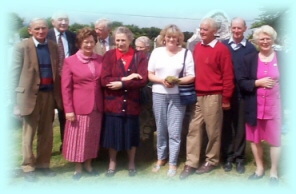 |
Descendants of the Brett and Pyne families gathered to mark this poignant occasion. |



A Request
| General Butler's poem A Request expresses the soldier's wish - that one not be left unknown on a foreign field. Though soldiers in different campaigns and causes, General Butler and Private Britt will have in common that they will lie under a native sod, remembered in the place of their birth. |
|
Give me but six foot three (one inch to spare), William F. Butler (1838 - 1910) |
 |

